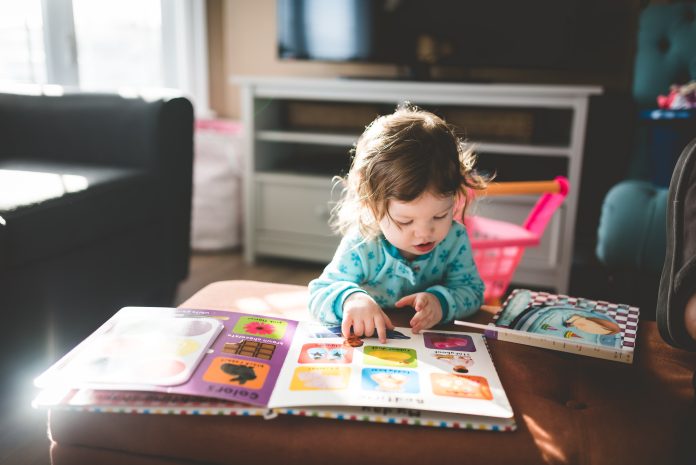Young readers are drawn to stories as they help make sense of the world. Fiction teaches us many important reading skills too, such as prediction, characterisation, and connecting cause and effect. It also exposes readers to a great range of interesting vocabulary and important language features such as idioms and literary techniques.
However, fiction isn’t the only thing we should read. It’s important for readers of all ages to explore both fiction and non-fiction so they understand all the aspects of the written word. Take a look at some of the reading skills non-fiction is great at teaching us:
Varied grammar structures
Non-fiction texts can be short and focused, and they are a great place to read different grammar structures. Look at recipes for imperatives, diary entries for conditionals, weather reports for a range of modal verbs, and magazine articles for connectives.
Since non-fiction texts have very strong grammatical conventions, you’ll find many examples of the same grammar type within each one. This makes them a great learning tool, and students can see different ways of using the same technique.
Understanding the main idea
There are several ways that non-fiction helps readers understand the main idea. Titles, subtitles and clear topic sentences all help to make the main idea stand out. Students can practise finding these elements and also creating their own titles and subtitles to texts they read. Finding the main idea is a key step towards summarising, and it’s one that students often struggle with.
Reading graphic information
As adults, we find it easy to skim our eyes across a page to find the information we need. However, young learners often miss key elements, such as picture captions, graph labels and bold-highlighted words. Non-fiction provides lots of clues alongside the main text, and strong readers need to be confident with processing these.
Finding the purpose of a text
Stories really only have one main purpose: to entertain us. They might provide a moral in addition to this, but if they’re not holding our attention, they’re not doing their job. If students only read fiction, they can struggle to understand that different texts have different purposes. Being able to find the purpose of a text, for example to persuade students to recycle more, is a vital step in text analysis. Many higher-level reading skills require students to understand that the author has a specific goal for their writing.
Separating facts and opinions
As with finding the purpose of a text, being able to separate facts and opinions is an important analytical skill. Students need this skill in order to answer complex questions, especially at GCSE and A-Level, and to improve in this area, older students should regularly read newspaper and magazine articles. These texts often present opinions as facts, and it can take quite a lot of practise to separate the two.
Our Let’s Learn About… series covers a wide range of topics from both a fiction and non-fiction perspective. Each non-fiction book explores a subject through multiple text types, including recipes, letters, diary entries and articles. A paired fiction book weaves the topic into a story.


